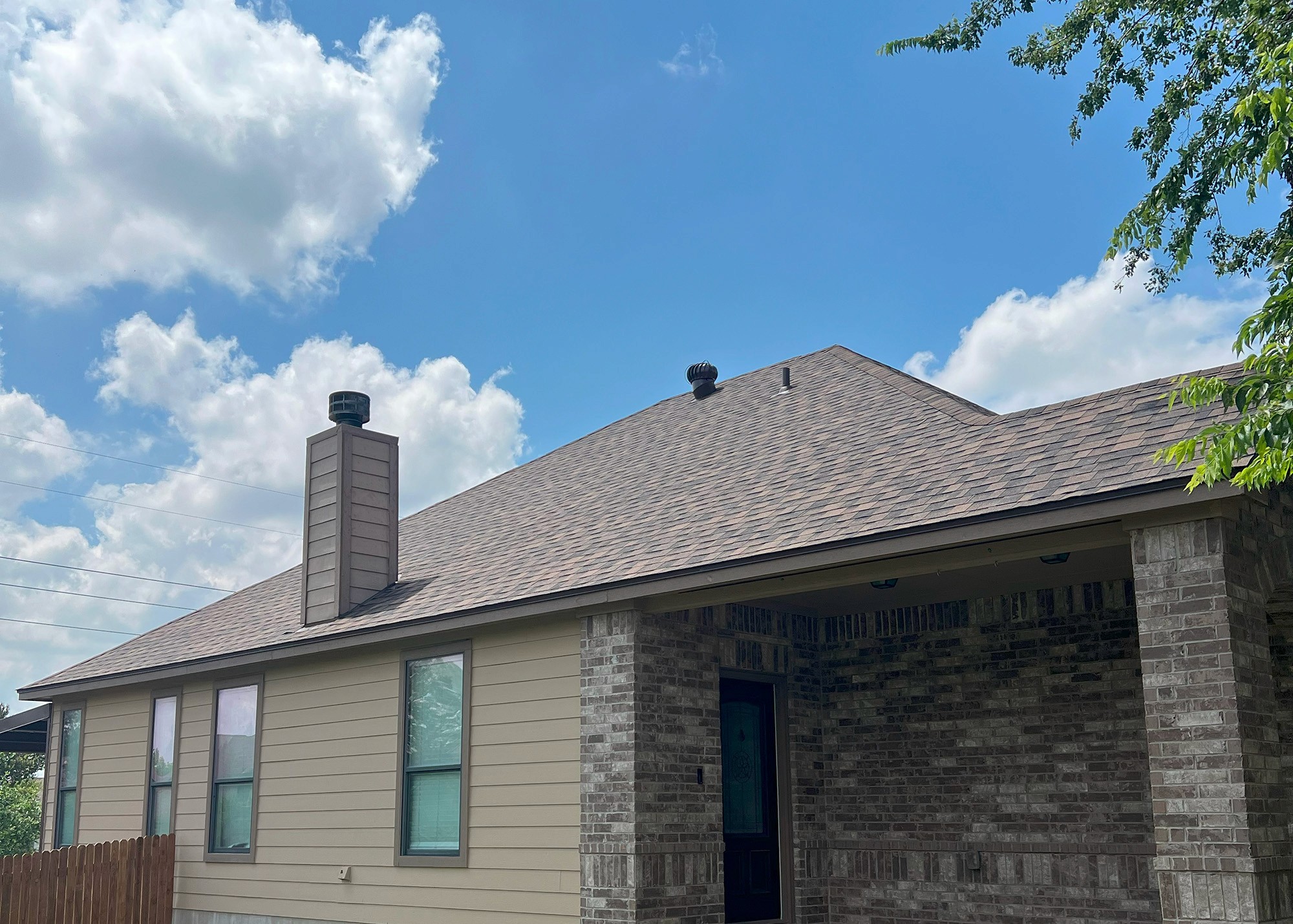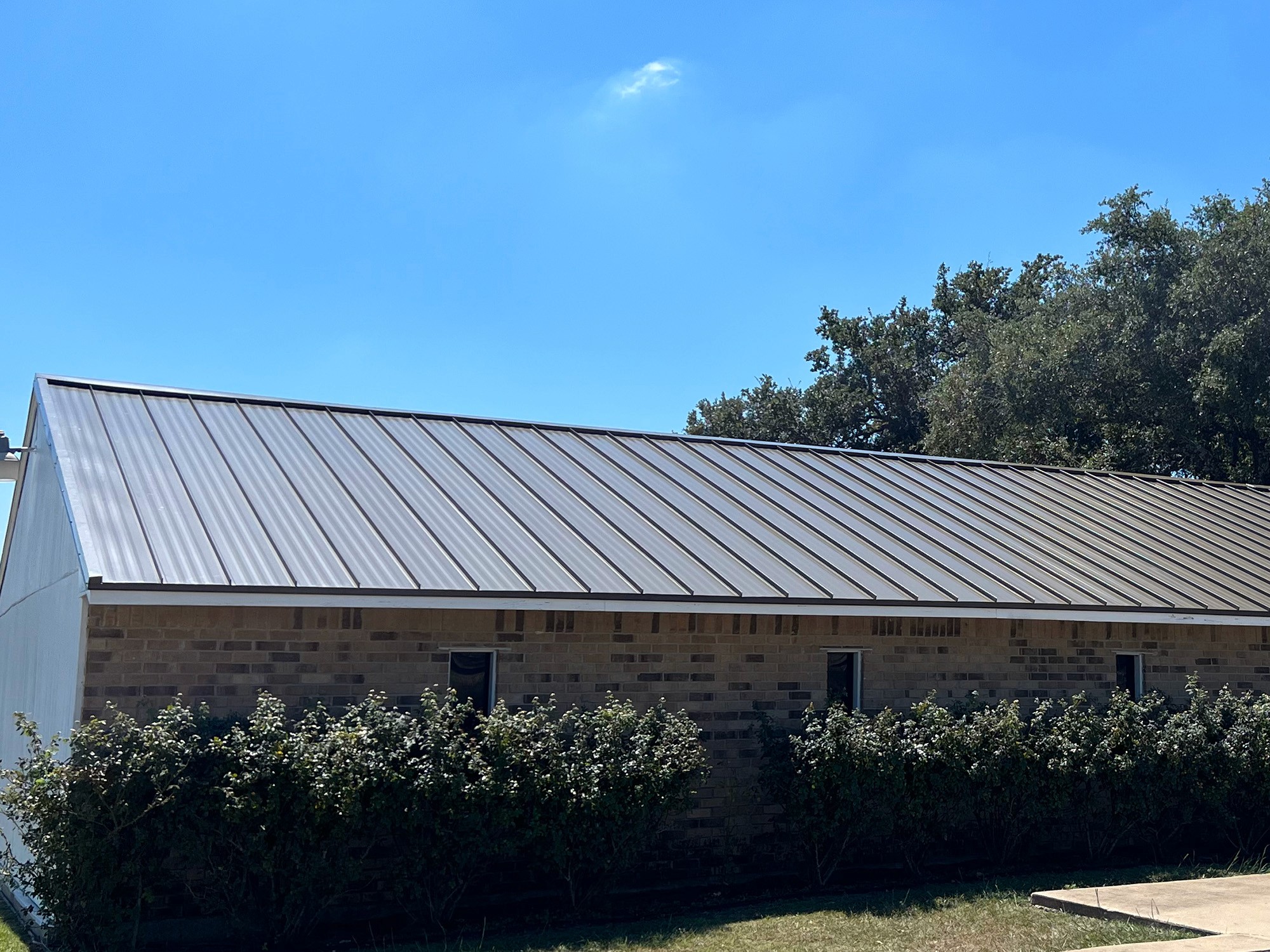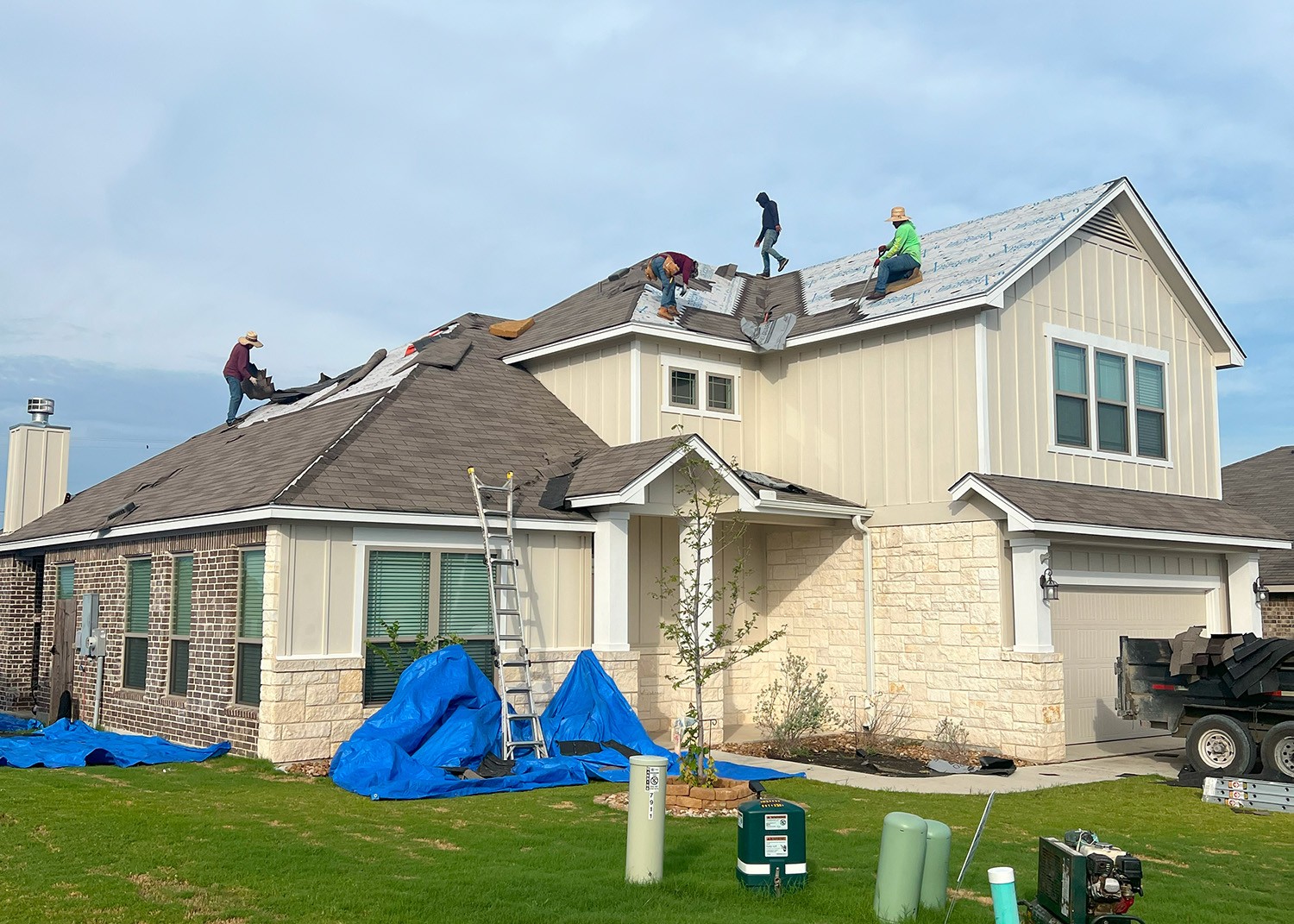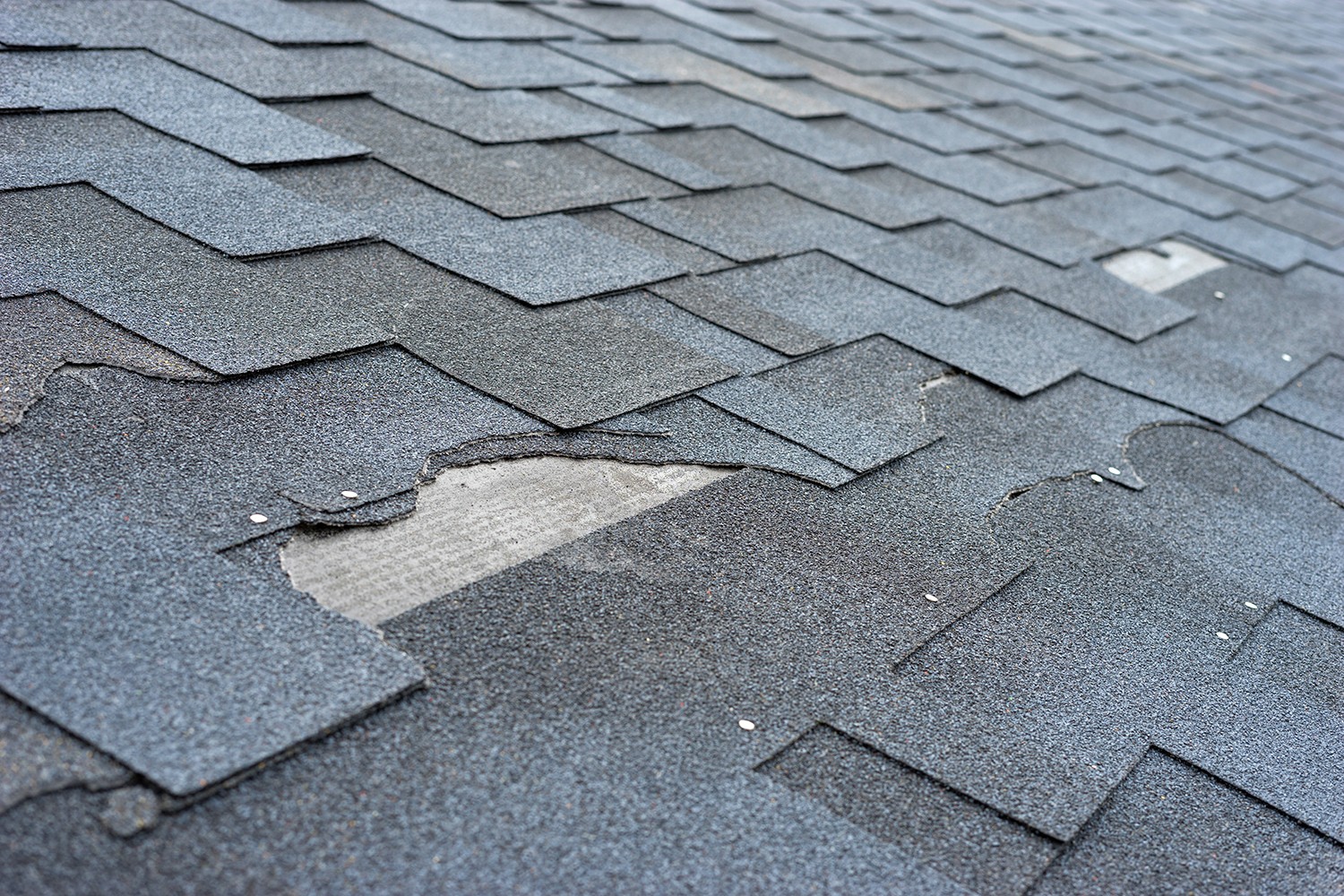How Long Do Roofs Last in Texas? A Guide to Roof Longevity in the Lone Star State
Dec 31, 2024
When it comes to maintaining your home in Texas, your roof is your first line of defense against the state’s diverse and often extreme weather conditions. But how long does a roof last in Texas? The answer depends on several factors, including the type of roofing material, weather patterns, installation quality, and regular maintenance.
In this comprehensive guide, we’ll explore the lifespan of different roofing materials commonly used in Texas, examine how the state’s unique climate affects roofs, and provide actionable tips to extend the life of your roof. Whether you’re a homeowner thinking about roof replacement or simply want to protect your investment, this article is here to help.
Factors That Impact the Lifespan of Your Roof in Texas
The longevity of your roof depends on several key factors, such as the type of roofing material used, the local climate, and how well the roof is cared for over time. Let’s dive deeper into these critical elements.
Type of Roofing Material
The type of roofing material you choose significantly affects how long your roof will last. Different materials have different strengths and weaknesses when exposed to the Texas climate.
Asphalt Shingle Roofs: Asphalt shingles are the most popular choice for residential roofs in Texas due to their affordability and availability. Standard asphalt shingles typically last 15-20 years, while architectural shingles, which are thicker and more durable, can last up to 30 years. Fiberglass shingles are another great option because they resist high winds, a common occurrence in Texas.

Metal Roofs: Metal roofs are known for their impressive longevity, lasting between 40-70 years with minimal maintenance. They’re also energy-efficient, reflecting sunlight to keep your home cooler during hot summers. Seam metal roofs are particularly resistant to hail damage and severe storms, making them a solid choice for Texas homeowners.

Tile Roofs (Clay or Concrete): Clay tiles and concrete tiles are a popular choice for homeowners looking for a durable, long-lasting roof. They typically last 50 years or more with proper maintenance and are well-suited for the intense heat of Texas summers. Their heavy weight also makes them resistant to high winds, although they can be vulnerable to impact from hailstorms.
Slate Roofs: Slate roofs are among the most durable and high-quality roofing materials available, with a lifespan of 75-100 years. While their initial cost is higher, their longevity often makes them a worthwhile investment for homeowners seeking long-term performance.
Wood Shake Roofs: Wood shake roofs offer a natural, rustic look but require significant upkeep to last their full lifespan of 20-30 years. Without regular maintenance, these roofs are prone to water damage, rot, and buildup of debris in gutters.
Texas Weather Conditions
The Texas climate is as varied as the state itself, and this plays a major role in how long your roof will last. From blazing hot summers to intense storms, weather conditions can take a toll on your roof.
Hot Summers: Prolonged exposure to the Texas sun can cause roofing materials to degrade over time. For example, the granules on asphalt shingles may wear away, reducing their effectiveness. Metal roofs, on the other hand, tend to perform well in extreme heat due to their reflective properties.
Severe Weather: Texas is no stranger to severe storms, including hailstorms, high winds, and heavy rain. Hail damage is particularly common in areas like Dallas and Houston, often requiring immediate roof repair. High winds can tear off shingles or damage gutters, while persistent rain can lead to leaks and water damage.
Hurricanes and Flooding: In coastal regions like Houston, hurricanes and flooding can cause significant damage to roofs. A well-installed and properly maintained roof can better withstand these events, but even the strongest roofs may require inspection and repair after such severe weather.
Installation Quality and Workmanship
The lifespan of your roof isn’t just about the materials used—it also depends on the quality of the roof installation. A poorly installed roof is more likely to fail prematurely, even if high-quality materials are used. Hiring a reputable roofing contractor with experience in installing different roofing materials is essential for ensuring the long-term performance of your roof.

Atlas Roofing Pros team expertly replacing a roof, ensuring quality workmanship and durability for Texas homeowners.
Proper Maintenance
Regular maintenance is one of the best ways to ensure your roof reaches its maximum lifespan. Here are a few maintenance tips every Texas homeowner should follow:
Schedule regular roof inspections, especially after severe storms or hailstorms.
Keep gutters clean to prevent water damage and buildup of debris.
Replace missing shingles or tiles as soon as they are noticed.
Trim overhanging tree branches to reduce the risk of falling debris.
Inspect for cracks, hail damage, or other wear and tear on a regular basis.
How Long Do Different Roofs Last in Texas?
Here’s a closer look at the expected lifespan of the most common roofing systems in Texas:
Asphalt Shingle Roofs
Asphalt shingles are the most widely used residential roofing material in Texas due to their cost-effectiveness and ease of installation.
Average lifespan: 15-30 years, depending on whether you choose standard shingles, fiberglass shingles, or architectural shingles.

Metal Roofs
Metal roofs are ideal for Texas homeowners looking for a durable, energy-efficient option.
Average lifespan: 40-70 years with proper maintenance.

Tile Roofs
Tile roofs, made from clay or concrete, are highly resistant to the intense heat and heavy rain common in Texas.
Average lifespan: 50+ years with regular inspections and maintenance.
Slate Roofs
Slate roofs are a premium choice for Texas homeowners who want a roof that can last a lifetime.
Average lifespan: 75-100 years.
Wood Shake Roofs
Wood shake roofs require more upkeep than other roofing materials but can still provide solid longevity with proper care.
Average lifespan: 20-30 years.
Common Signs You Need a Roof Replacement
No matter how well you care for your roof, all roofing systems eventually reach the end of their lifespan. Here are some common signs that you may need a new roof:
Cracked or missing shingles, especially on shingle roofs.
Persistent leaks or signs of water damage inside your home.
Sagging areas on your roof, indicating structural issues.
Visible cracks or missing tiles on clay or concrete tile roofs.
Loss of granules on asphalt shingles, which exposes the roof to further damage.
Significant hail damage, including dents or cracks in metal roofs or slate tiles.

If you’re noticing any of these issues, it’s time to schedule a roof inspection with a professional roofing contractor to determine whether roof repair or replacement is necessary.
Warranties and Insurance Claims
When investing in a roof replacement, it’s important to understand the warranties offered by both the manufacturer and the roofing company. A solid warranty can protect you against manufacturing defects and workmanship issues, providing peace of mind for years to come.
In the event of storm damage, such as hailstorms or high winds, you may also be eligible to file an insurance claim. Many roofing contractors, including Atlas Roofing Pros, offer assistance with the claims process, ensuring you get the coverage you need to repair or replace your roof.
How to Extend the Lifespan of Your Roof
Maximizing your roof’s lifespan requires regular attention and proactive care. Here’s how you can extend the life of your roof in Texas:
Schedule annual roof inspections and additional inspections after severe weather events.
Keep your gutters clear of leaves and debris to prevent water damage.
Trim overhanging branches to minimize the risk of falling debris and buildup.
Fix small issues, such as missing shingles or minor leaks, before they worsen.
Ensure proper attic ventilation to reduce heat buildup, which can damage roofing materials.

By following these steps, you can delay the need for a roof replacement and protect your investment for the long term.
Conclusion
In Texas, the lifespan of your roof depends on several factors, including the type of roofing material, the state’s weather conditions, and your commitment to proper maintenance. From asphalt shingles to metal roofs and tile roofing systems, each option comes with its unique benefits and challenges. Understanding how long your roof is likely to last—and taking steps to care for it—can save you time, money, and stress in the years to come.
If your roof is showing signs of wear or damage, or if you’re considering a new roof installation, Atlas Roofing Pros is here to help. As a trusted roofing company serving Texas homeowners, we specialize in roof inspections, roof repair, and roof replacement services. Contact us today to schedule a consultation and ensure your home is protected for years to come.
Protect Your Home with
Atlas Roofing Pros
Get a Free Consultation




